The railway sector, background and challenges in brief
Within the Norwegian railway sector, Bane NOR is responsible for the administration and construction of rail infrastructure and property such as train stations and junctions. NSB (the Norwegian State Railways) and Flytoget (Airport Express Train) are the only two train operators on the Norwegian railway network. NSB carries around 68.5 million passengers per year1 and is one of the strongest and best-known brands in Norway. Every summer, Bane NOR is dependent on rail traffic stopping fully or in part on several stretches of track – affecting multiple stations – in order to carry out planned maintenance and construction. In addition to this, train traffic is subject to numerous unexpected, unplanned deviations and stoppages ever year, which may be caused by everything from technical issues and natural complications to accidents and collisions.
In 2014, around 15.1 million train passengers were affected by train traffic issues comprising both “planned and unplanned” deviations. In all, approx. 3,500 train journeys are interrupted fully or in part every year2 . In such situations, Norwegian train passengers are offered replacement bus services, irrespective of whether their journey has been affected by a planned stoppage or an unexpected and unplanned incident. NSB is responsible for planning, organisation and practical execution – an area of responsibility that also involves the work of customer guidance staff who are physically present at stations to provide travellers with assistance, information and guidance. Internally in NSB, this has largely been viewed as a purely logistical challenge, without focus on the customer experience.


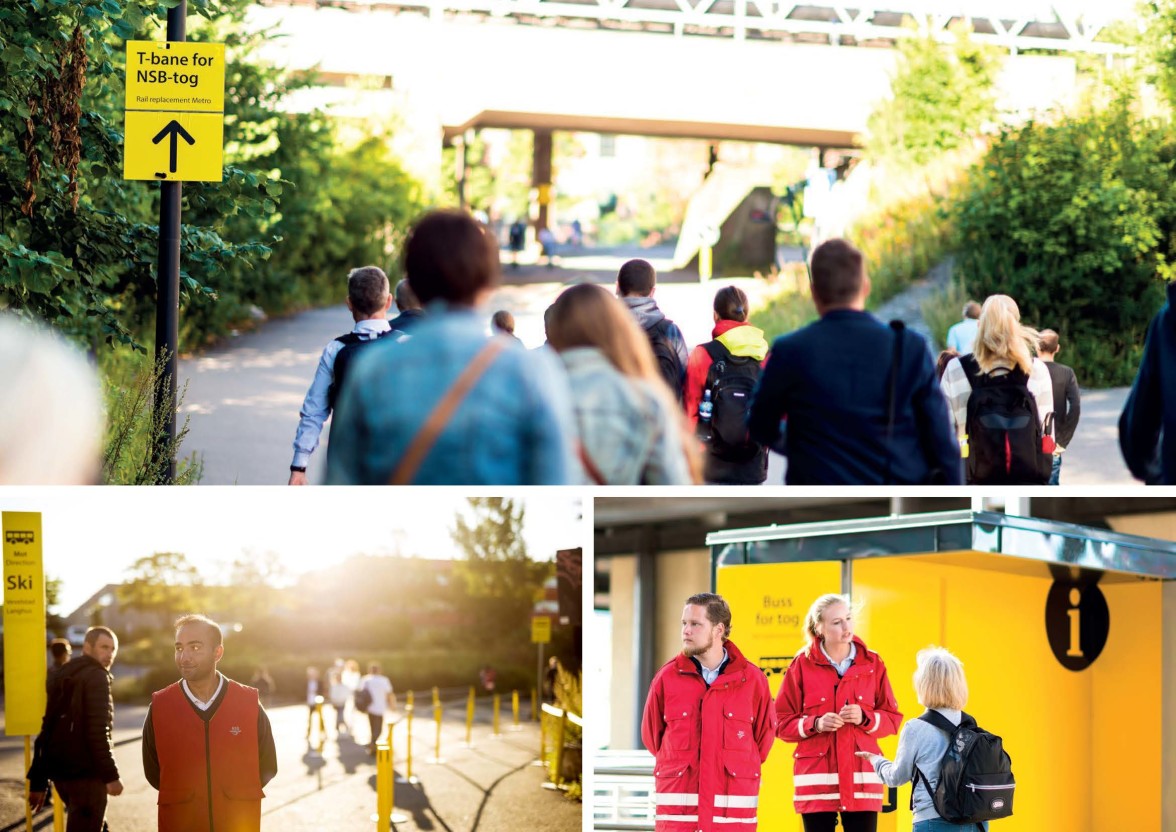
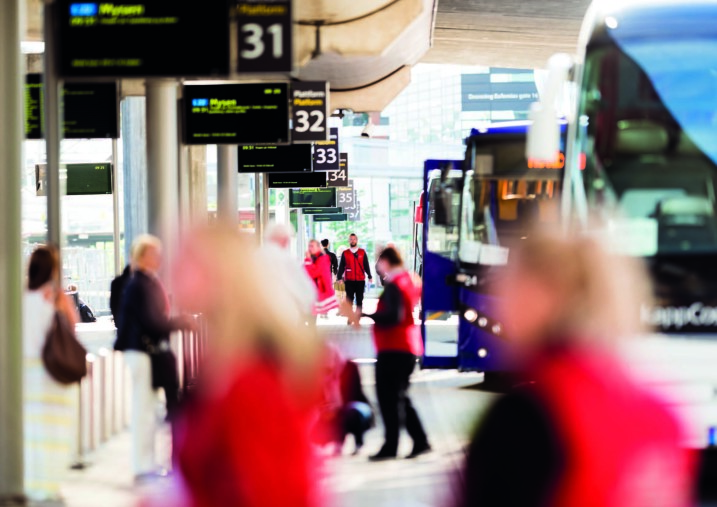
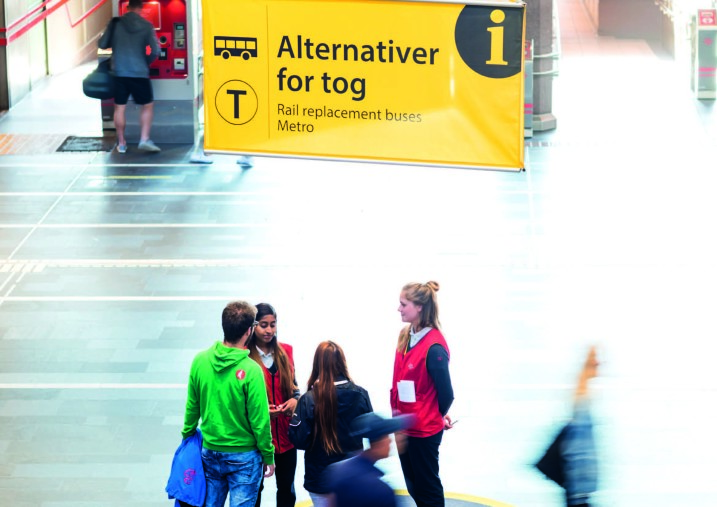
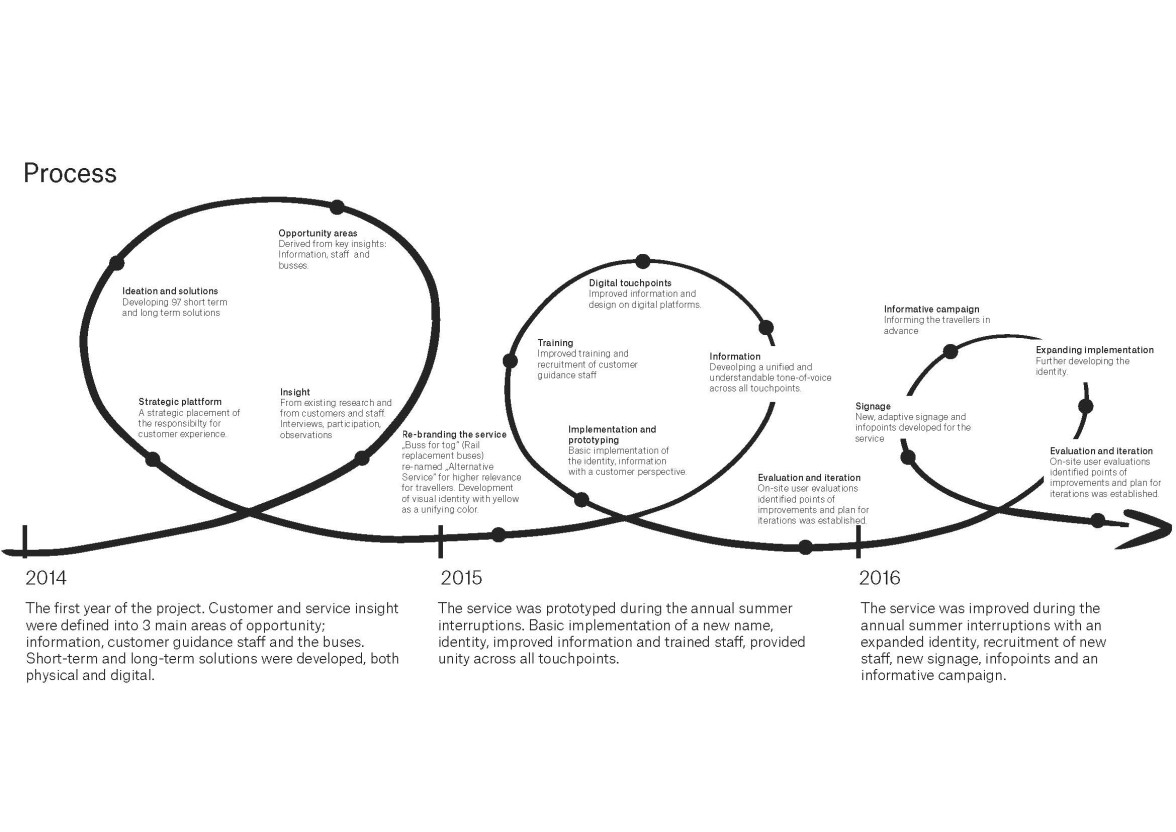
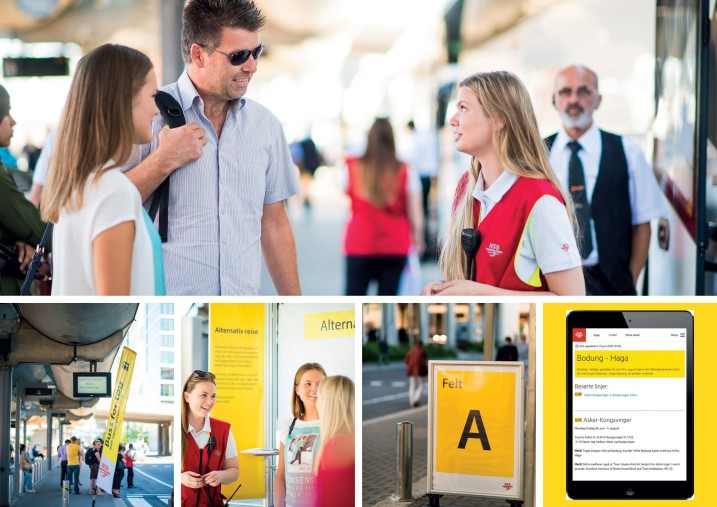
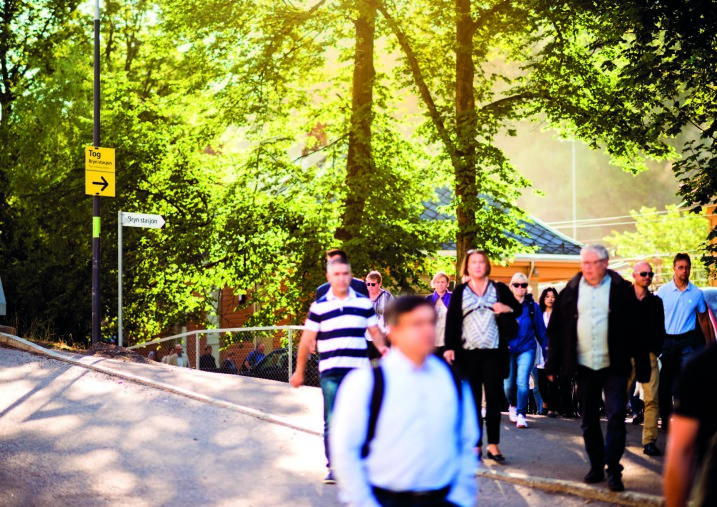

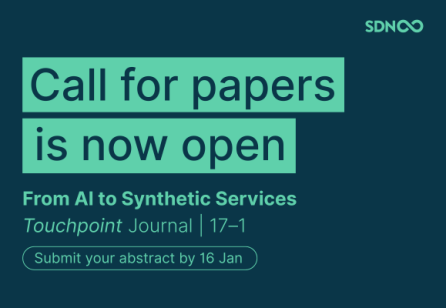



Share your thoughts
0 RepliesPlease login to comment